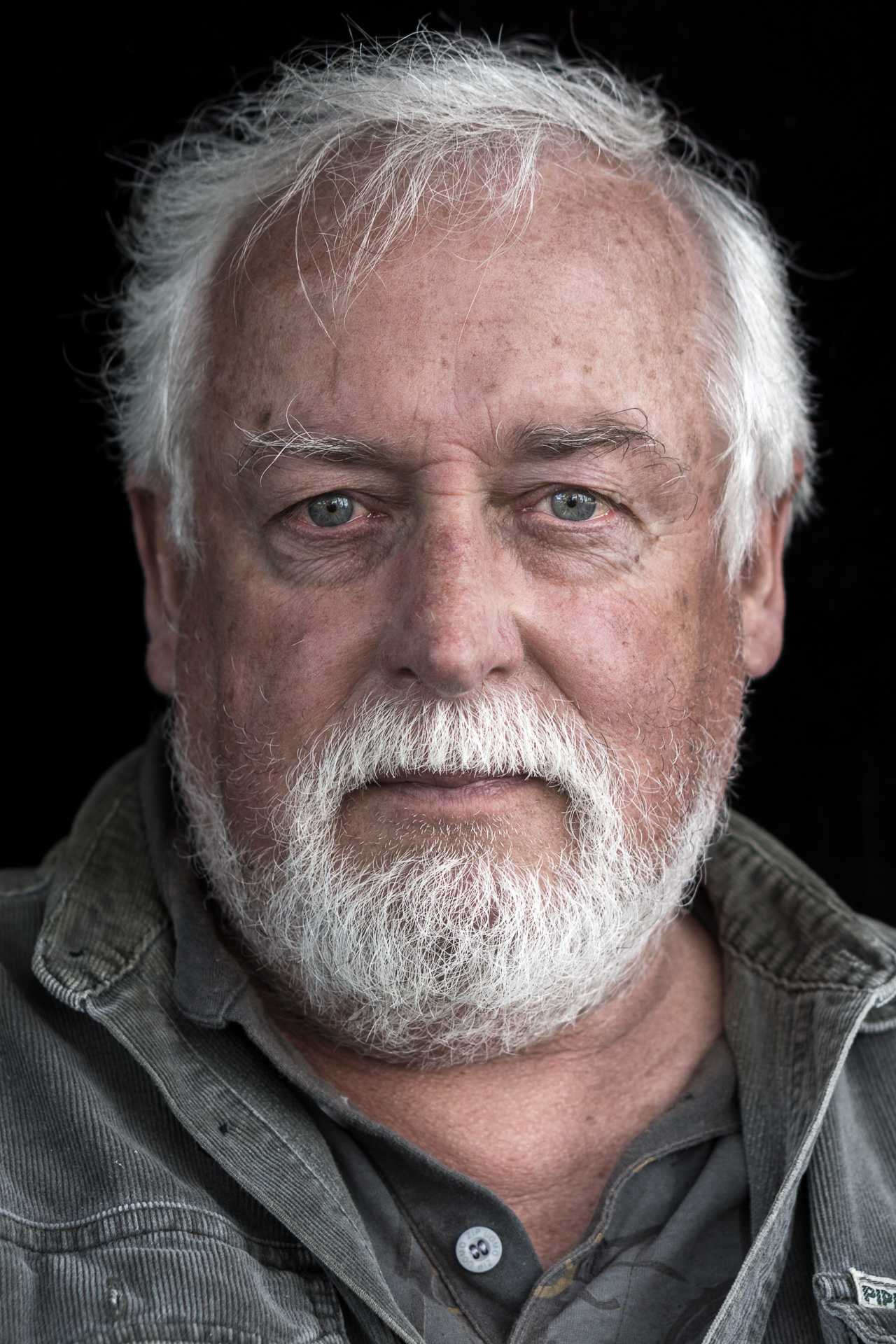Blog
The 40-Second Portrait
Taking a photograph of a stranger can be a daunting experience for an amateur photographer. If you want to make this an enjoyable experience (for you and your subject) you must first interact with your intended subject (talk to them).


The back-story to the image of Alan: I had photographed an interesting character called John (riding a children’s tricycle he had for sale) at a local market the previous month and was giving him a print of his portrait when his friend Alan asked me why I hadn’t taken his picture (one opportunity leads to another). I exchanged some friendly insults with Alan while snapping him at 10:40:29 am with my trusty Sony ‘go-everywhere’ mirrorless camera and 50mm f/1.8. A sunlit white vehicle behind him, his laid‐back position and his sunglasses were never going to lead to anything ‘special’ so I asked my partner to hold up a black piece of cloth behind him (a velvet‐like material that acts like a light‐sponge) and then asked him to remove his sunglasses. As the glasses were removed he sat more upright and I checked the aperture was set to f/2.8, used Focus Magnify to lock the focus precisely on his eyes and took a second picture at 10:40:52 am. 23 seconds had transpired. I adjusted the framing to vertical, moved closer, checked focus again and took a third image at 10:41:07 am (38 seconds had now lapsed since the first ‘snap’). This is the image you see of Alan. Alan appeared in a magazine a few months later and we were never strangers again.
The advice here is that good portrait photographs are ‘made’ and not ‘taken’.
